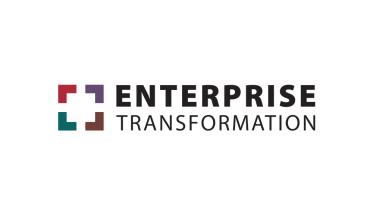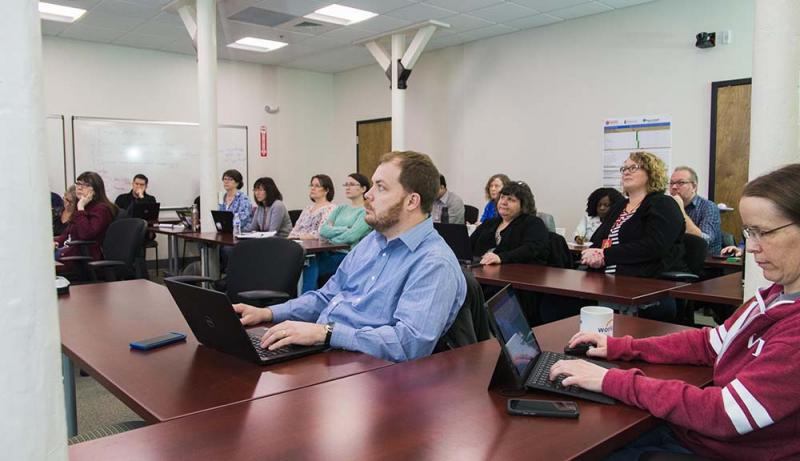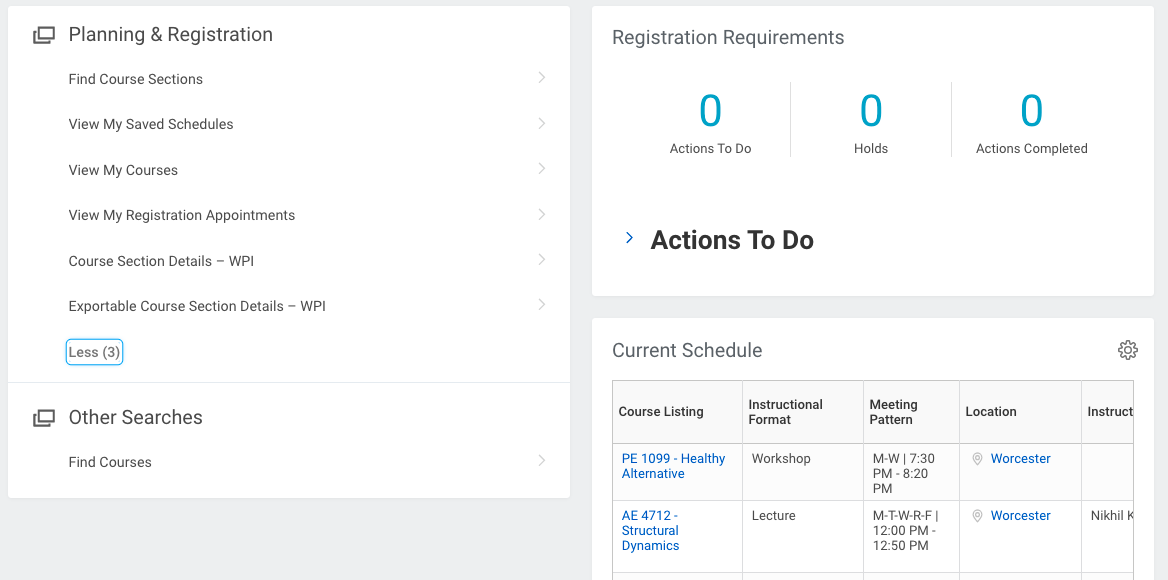
Enterprise Transformation Automates Processes and Elevates WPI (Part 3 of 4)
Offices and Departments
Enterprise Transformation
Enterprise Transformation is WPI's significant update of the existing technology infrastructure on campus. Once implemented, the project will dramatically improve processes and procedures across the university.
This initiative will roll out over the next four years and touch every person on campus. Enterprise Transformation will improve the user experience for faculty, staff, and students while also providing the university with the cutting-edge security standards necessary at such a competitive, research-focused institution.
Third Phase: Data Management & Integration
- Challenge: Making sure employees have easy access to accurate information
- Solution: Creating one source of accurate information
As higher education continues to transform, universities are increasingly concerned with the access to, and accuracy of data, as well as the ability to leverage data for both operational and analytical purposes. As WPI’s Enterprise Transformation begins implementation, the project will consolidate all the different data within the university to a centralized cloud-based hub. The massive project helps corral all the data at WPI and store it in one place that will become the “single source of truth” for WPI. A web presence for Enterprise Transformation offers additional information and updates about the project.
“Different types of information originate in different systems,” says Diptam Chatterjee, manager of data architecture in information systems. “We are creating a one-stop shop with this centralized data hub. We will have a single version of the truth across the campus.” So when someone needs the correct tuition amount, for example, they will find the accurate number in one place. “If they are not going back to the origin of the information or the system of record, it gets very complicated.”
Currently the same type of information exists in separate areas of the university records including places like Banner, Salesforce, and multiple other downstream systems. If all the information is not updated at the same time, discrepancies can cause problems. “It is all over the place,” says Chatterjee. “We could have 10 different versions of the same information within 10 different groups and 10 different systems.”

Employees receive training in the new Enterprise Transformation system.
The process of unifying and consolidating information, known as Data Management & Integration, will make WPI clean out its data and tighten up existing data, says Chatterjee, which will allow faster access to accurate information. Currently, Chatterjee and his team are undertaking the massive project of synchronizing all the disparate information and establishing standard data definitions in the university system.
To show the wide-reaching impact, one only has to consider the definition of a full-time employee. For instance, one group might define a full-time employee one way while another group might have equally valid reasons for their own different description and requirements for a full-time employee. And that makes the information difficult to define and track at an enterprise scale. In trying to unite all the information, Chatterjee and his team aren’t even able to write code to help them identify a full-time employee, because there is no standard or enterprise definition of the term.
To make sure they are all on the same page, part of the process has included talking to many groups on campus to find out how they do things now, what their definitions are, what their expectations are, and what can be improved, says Chatterjee.
Combining all the information from separate systems helps the university have a unified record on which to rely, but it also helps free up the other operational systems like Workday and Salesforce to do what they are supposed to do. “The primary systems will now run more smoothly and efficiently,” he says, noting that updates and changes to the unified hub will all be made at night to have as little impact on larger systems and, therefore, users, as possible.
To help, the team is compiling a data dictionary of sorts, says Chatterjee, that is like a business glossary of attributes that will be the standard going forward. And the security factors of the custom-built and proprietary-to-WPI cloud-based system allow for more control over the data being moved around, says Chatterjee.
“This will make the day-to-day lives of employees simpler,” he says. “The data will be easier to monitor and share. Security is a primary aspect of any new platform we adopt.”
- By Julia Quinn-Szcesuil
What is Enterprise Transformation?
Editor's note: This is the third of a four-part series to help employees understand the four main projects associated with Enterprise Transformation, WPI’s organization-wide implementation of new computer systems. New installments will run on Tuesdays until May 8.




